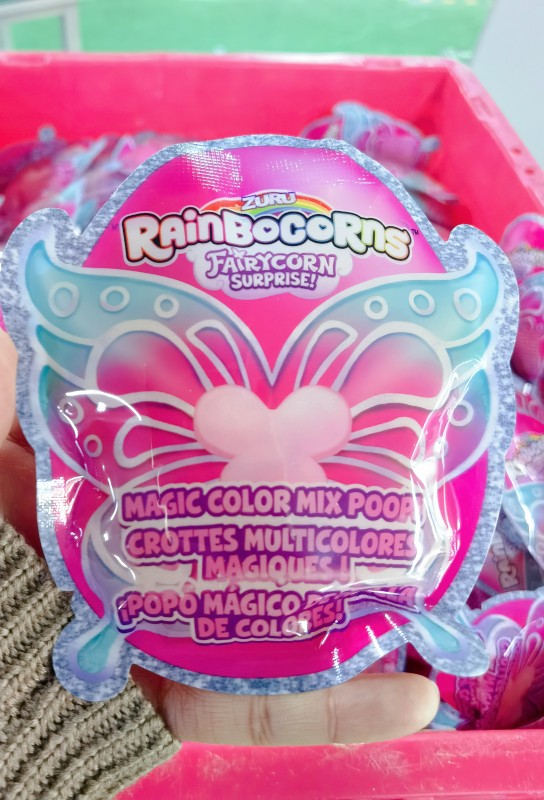Le secret de l'usine de source de slime est révélé : tout ce que vous jouez vient d'ici !
Sachant cela, vous pouvez aussi faire du Slime
Le slime, cette substance collante, molle mais très plastique, est non seulement appréciée des enfants, mais suscite également un grand intérêt chez les adultes. Il peut être utilisé comme jouet de décompression ou comme matériau artisanal intéressant. Alors, comment est fabriqué le slime ? Aujourd’hui, examinons en profondeur la source du slime et comment fabriquer cette substance magique à la maison.
Avant de parler de la production de slime, il est très utile de comprendre quelques principes scientifiques de base. La production de slime dépend d’une substance appelée « polymère ». Les polymères sont de longues chaînes de molécules composées de connexions répétées de molécules simples identiques ou différentes. Les polymères courants tels que les sucres, les protéines et les plastiques sont omniprésents dans notre vie quotidienne. Les polymères nécessaires à la fabrication du slime sont formés en une structure en réseau en ajoutant des agents de réticulation, de sorte qu’ils aient un aspect viscoélastique unique.
\ Recette de base et étapes de production
Préparation du matériel :
1. Colle blanche ou colle PVA
2. Eau
3. Solution de borax ou solution pour lentilles de contact
4. Colorant alimentaire (facultatif)
5. Paillettes, perles et autres décorations (facultatif)
Étapes :
1. Mélanger la colle et l’eau : Dans un récipient, mélanger la colle blanche avec une quantité appropriée d’eau et remuer uniformément. La proportion d’eau peut être ajustée selon les préférences personnelles. Si vous souhaitez que le slime soit plus doux, vous pouvez ajouter plus d’eau.
2. Couleur et couleur : Ajoutez quelques gouttes de colorant alimentaire et remuez uniformément. Vous pouvez réaliser du slime de différentes couleurs selon vos préférences.
3. Ajouter une solution de borax : Ajoutez progressivement une petite quantité de solution de borax ou de solution pour lentilles de contact au mélange et remuez lentement. Il convient de noter ici que la quantité ajoutée doit se faire progressivement, car trop de borax rendra le slime trop dur. Au fur et à mesure de la réaction de réticulation, vous constaterez que le mélange s’épaissit progressivement et finit par former une boue dotée d’une viscoélasticité unique.
Discussion et approfondissement







